Circa 2015
What takes coders months, CSAIL’s “Helium” can do in an hour.

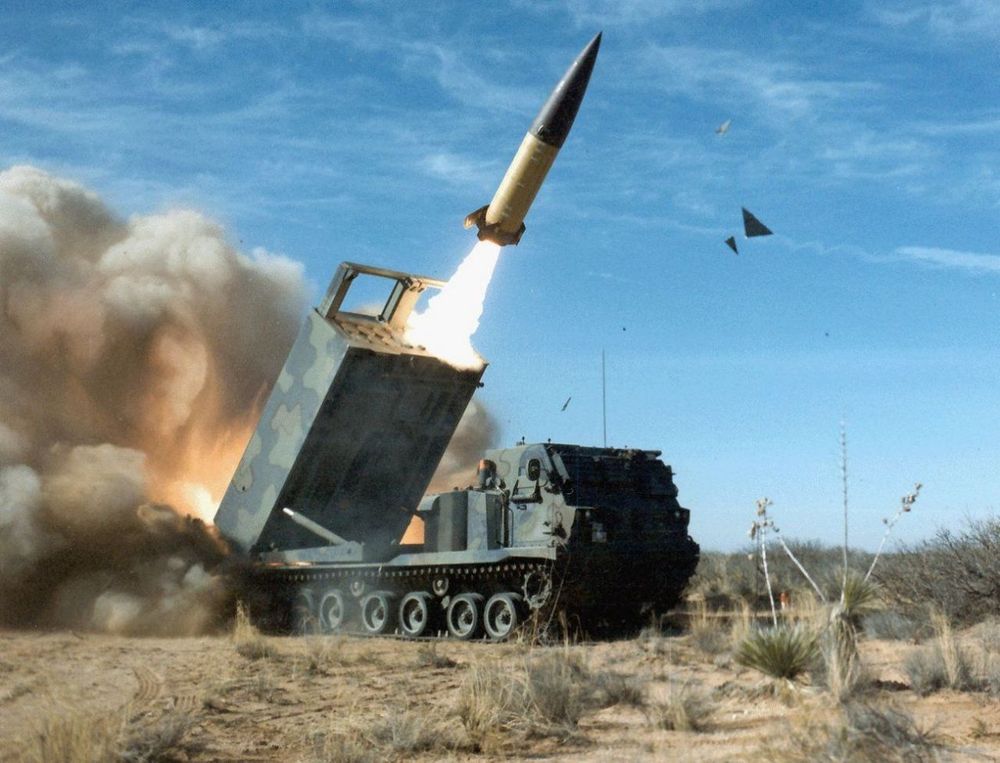
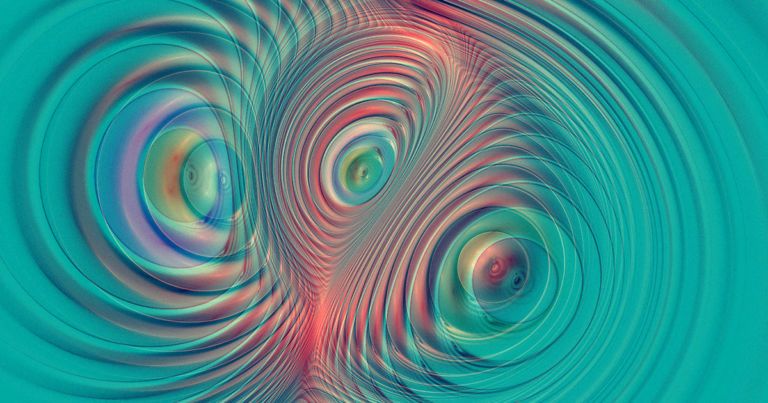
A team of researchers claim to have achieved quantum teleportation using individual electrons.
Quantum teleportation, or quantum entanglement, allows particles to affect each other even if they aren’t physically connected — a phenomenon predicted by famed physicist Albert Einstein.
Rather than a teleportation chamber out of a sci-fi movie, quantum teleportation transports information rather than matter.
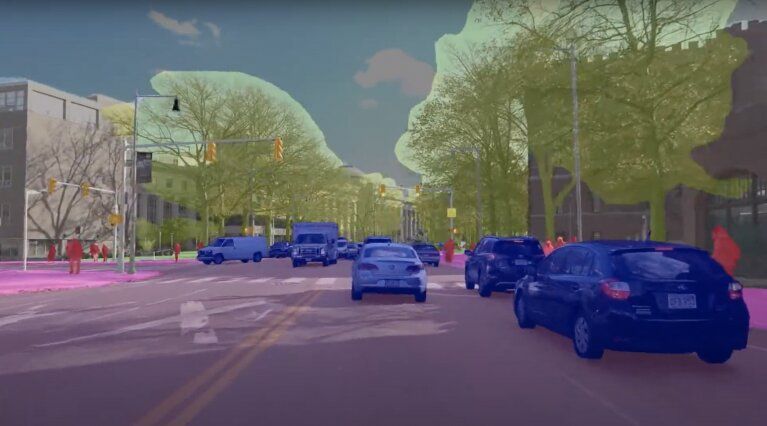
How can we train self-driving vehicles to have a deeper awareness of the world around them? Can computers learn from past experiences to recognize future patterns that can help them safely navigate new and unpredictable situations?
These are some of the questions researchers from the AgeLab at the MIT Center for Transportation and Logistics and the Toyota Collaborative Safety Research Center (CSRC) are trying to answer by sharing an innovative new open dataset called DriveSeg.
Through the release of DriveSeg, MIT and Toyota are working to advance research in autonomous driving systems that, much like human perception, perceive the driving environment as a continuous flow of visual information.
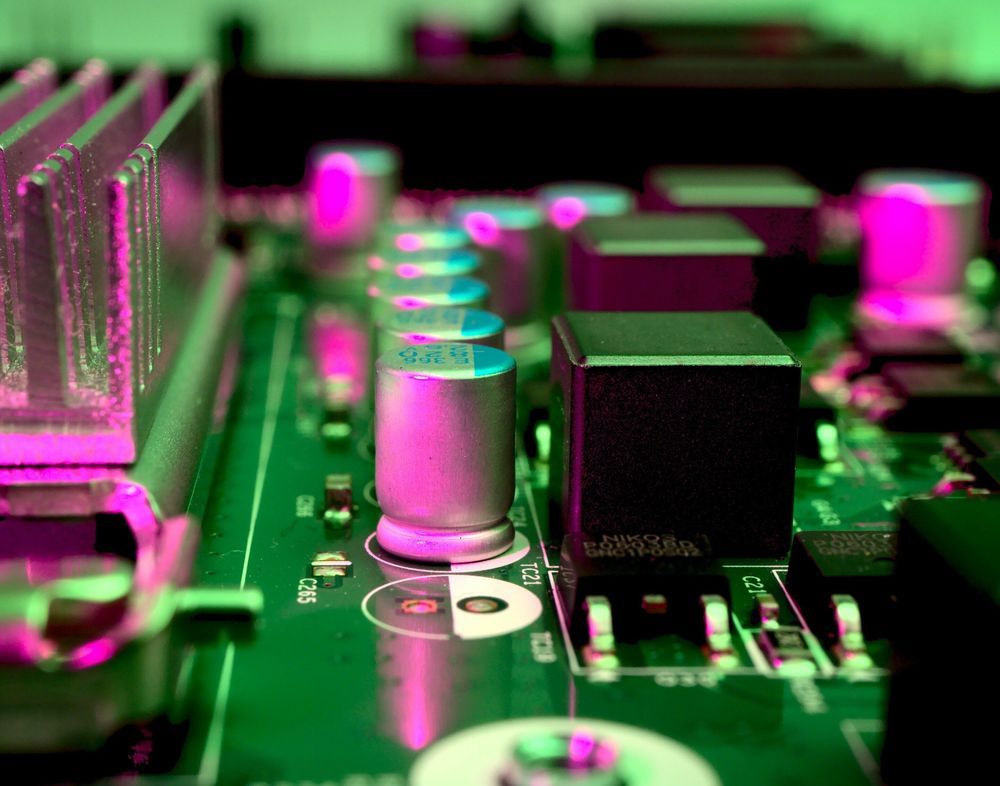
Computers are renowned for flexibility, running everything from game consoles to stock exchanges. But at the level of computation, most computers rely on arrays of identical processors called cores. Now, a team at Princeton University has built a hardware platform that allows different kinds of computer cores to fit together, allowing designers to customize systems in new ways.
The goal is to create new systems that parcel out tasks among specialized cores, increasing efficiency and speed.
On top of multi–core collaboration, even more gains are achievable when cores needn’t all rely on the same basic programming code that tells a core how to handle its processing jobs. Designers call this basic code an Instruction Set Architecture (ISA). Well-established ISAs include Intel x86, commonly found in laptops, ARM in smartphones, and POWER in IBM mainframes. Besides mixing together cores specialized for different ISAs, researchers are also interested in developing hybrid ISAs to underpin new processor designs, exploiting the potential of new, cutting-edge, open-source ISAs like RISC-V ISA.
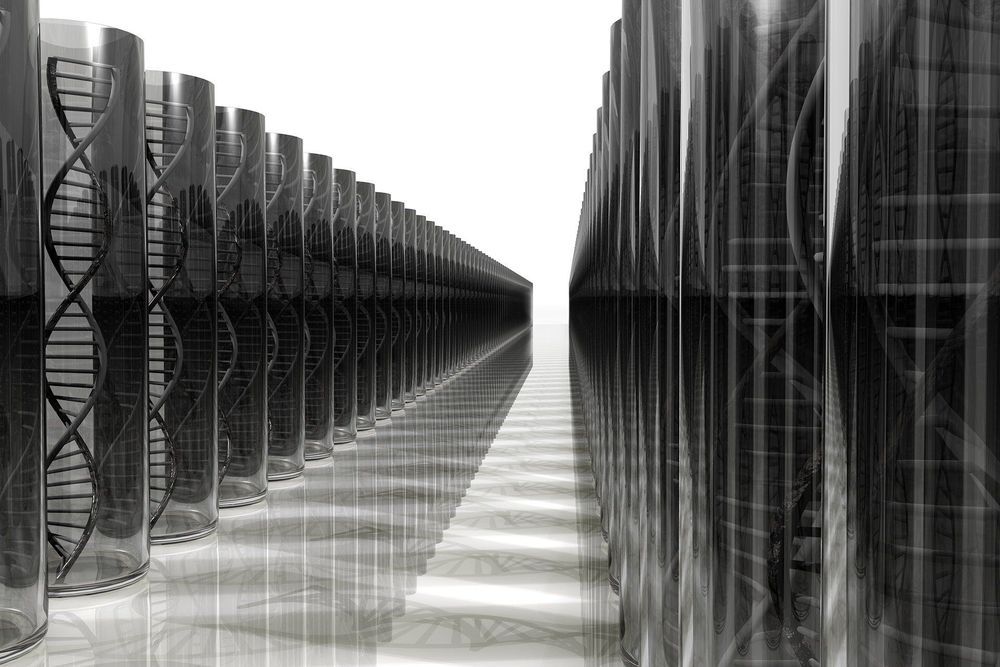
Differences in the rate that genetic mutations accumulate in healthy young adults could help predict remaining lifespan in both sexes and the remaining years of fertility in women, according to University of Utah Health scientists. Their study, believed to be the first of its kind, found that young adults who acquired fewer mutations over time lived about five years longer than those who acquired them more rapidly.
The researchers say the discovery could eventually lead to the development of interventions to slow the aging process.
“If the results from this small study are validated by other independent research, it would have tremendous implications,” says Lynn B. Jorde, Ph.D., chair of the Department of Human Genetics at U of U Health and a co-author of the study. “It would mean that we could possibly find ways to fix ourselves and live longer and better lives.”
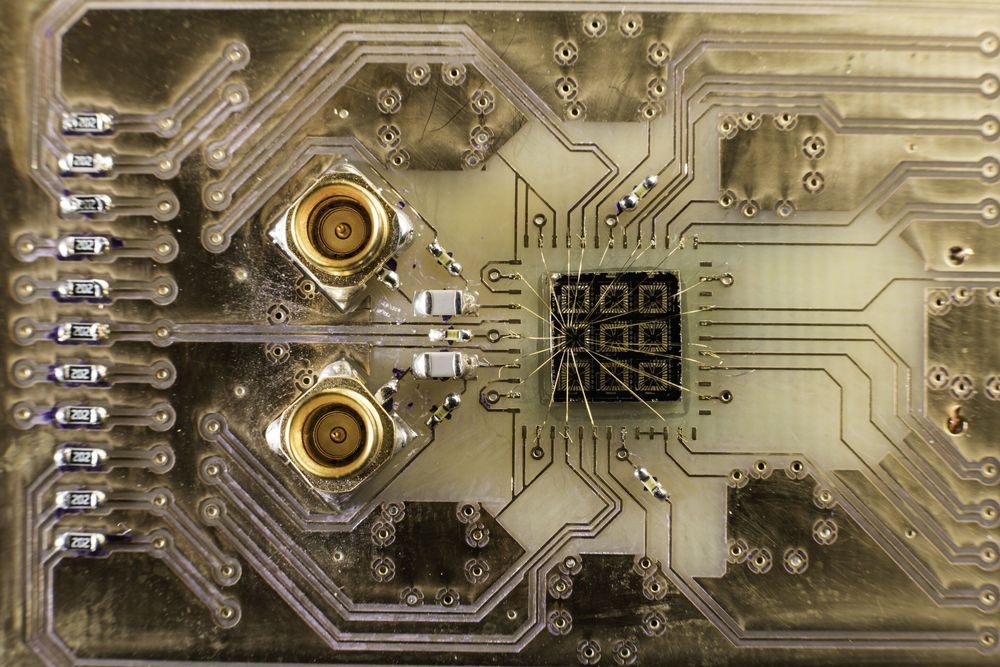
“Beam me up” is one of the most famous catchphrases from the Star Trek series. It is the command issued when a character wishes to teleport from a remote location back to the Starship Enterprise.
While human teleportation exists only in science fiction, teleportation is possible in the subatomic world of quantum mechanics—albeit not in the way typically depicted on TV. In the quantum world, teleportation involves the transportation of information, rather than the transportation of matter.
Last year scientists confirmed that information could be passed between photons on computer chips even when the photons were not physically linked.
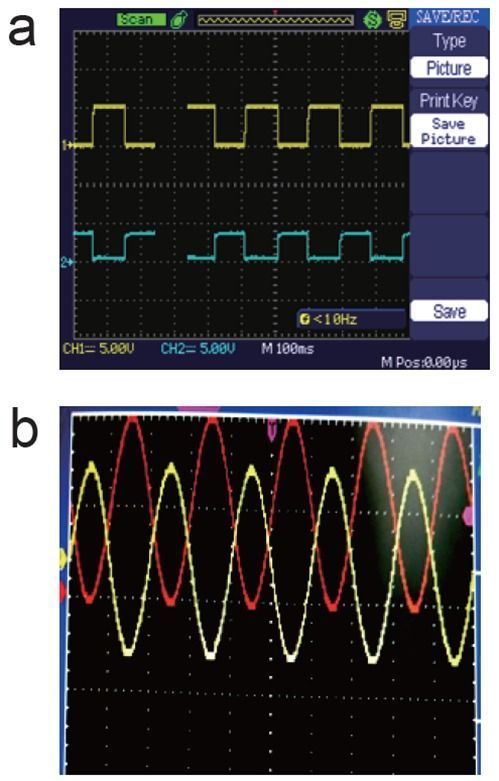
Circa 2016
Biomedical research is contributing significant role in the field of biomedical engineering and applied science. It brings research and innovations to a different level. This study investigated artificial human blood –synthetic plasma liquid as conductive medium. Keeping in mind the conductivity of synthetic plasma, astable multivibrator as well as differential amplifier circuit were demonstrated. The circuits were given normal input voltages at regular temperature and ideal conditions. The result shows desired response which supports the novel concept. For both the circuits, phase shift of 180° achieved by analysing biological electronic circuits.
Keywords: Synthetic plasma, biomedical science, human body.
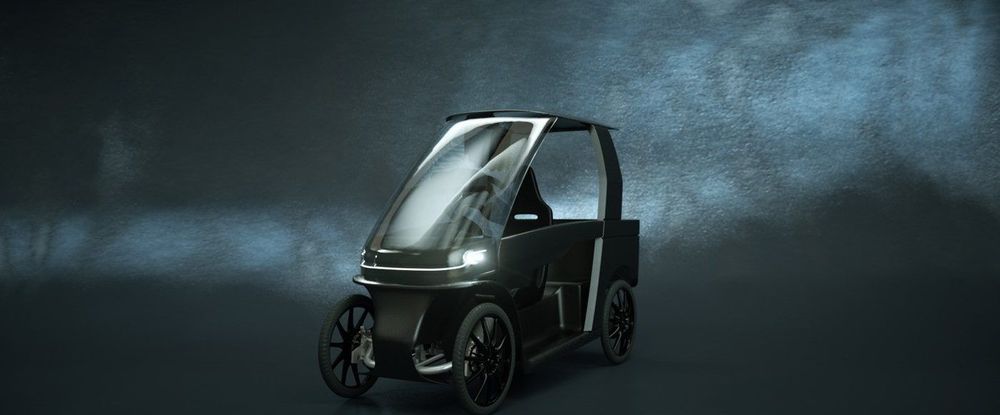
:ooooo.
As e-bikes continue to explode in popularity and cause a nationwide shortage of the two-wheeled transports, waves of new riders are discovering the benefits of pedaling their way to work without breaking a sweat. And the ability to distance oneself from other commuters in crowded public transportation certainly sweetens the deal.
But many more are discovering a significant downside to bikes, which is that riders aren’t protected from the weather, be it heavy rain or the glaring sun. That’s a problem that CityQ is hoping to solve with its enclosed electric vehicle known as the CityQ Car-eBike.

Border talks carried out on Wednesday at the Major General-level to defuse the situation have also failed, indicating that the Chinese side is not looking to disengage. More talks are planned in the coming days but there has been no resolution on the ground situation that remains tense.
Sources said that despite earlier talks in which it was decided that the two sides would move back by a kilometre and create a temporary ‘no man’s land’ in the valley, the Chinese side has brought in additional troops and continues to remain deployed inside Indian territory near Patrol Point 14.
These PLA troops were among the 800 odd soldiers who laid ambush on an Indian patrol party, killing 20 soldiers including the commanding officer on Monday night.